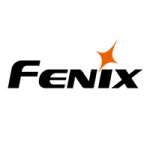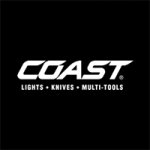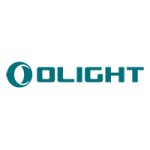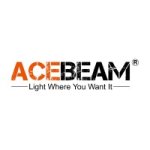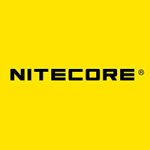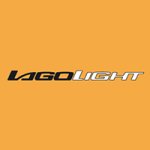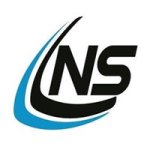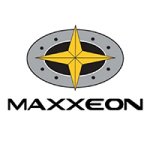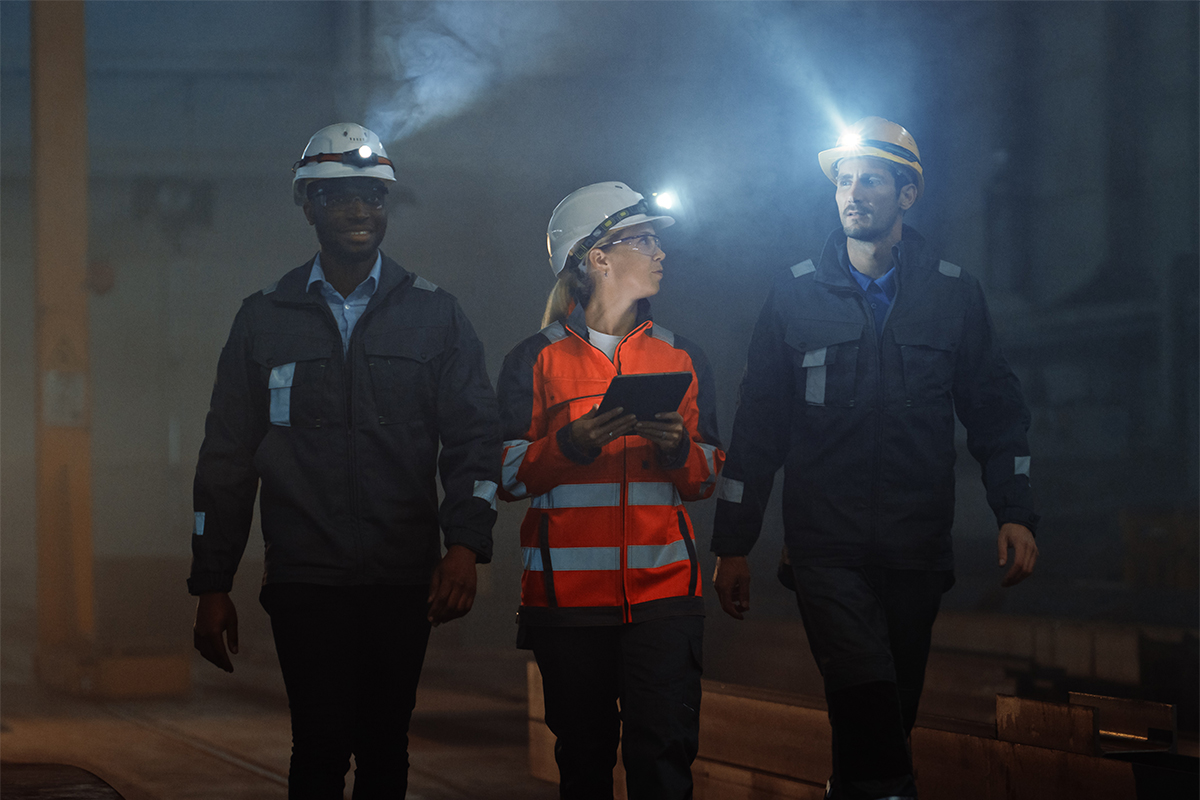
Work headlamps are designed to provide reliable and consistent illumination to ensure that professionals can perform their tasks accurately and safely. They find applications across a diverse range of sectors, including construction, maintenance, manufacturing, automotive repair, plumbing, electrical work, mining, emergency services, and more. The hands-free operation of work headlamps is a key feature that enhances convenience and efficiency. Professionals can use both hands to handle tools, equipment, or materials while maintaining a well-illuminated work area. Challenging work environments often include spaces with limited natural light, confined areas, or locations where traditional lighting sources may be impractical. Work headlamps address these challenges by offering a portable, hands-free lighting solution that allows professionals to work efficiently in various conditions. In many industries, safety is a top priority. Work headlamps contribute to safety by providing adequate illumination in dimly lit or hazardous environments. They help professionals navigate workspaces, identify potential hazards, and maintain situational awareness, reducing the risk of accidents and injuries.
The adoption of LED technology in work headlamps brings a host of advantages which contribute to improved performance, enhanced safety, and increased user satisfaction in professional work settings. LED technology is highly energy-efficient. This efficiency results in longer battery life for LED-based work headlamps, reducing the frequency of battery replacements and improving overall productivity. The durability and longevity of LED technology offer practical advantages in work environments. Due to the small size of LEDs, headlamp manufacturers can design compact and ergonomic headlamp models. The directionality of LEDs is advantageous in work headlamps as it allows for focused and precise illumination of the work area without unnecessary spillage. The instant on/off feature of LEDs is another advantage in work situations, providing immediate and reliable illumination. Whether in professional settings, emergency situations, or daily tasks that require quick and precise visibility, the rapid response of LEDs ensures that users have instant access to the full brightness of the light source without any delays or warm-up time. LEDs are capable of producing intense and focused light. This feature is crucial in work environments where visibility is essential for precision tasks, inspections, or working in low-light conditions. LEDs can be spectrally engineered to produce high color rendering light, allowing professionals to discern colors more accurately. This is important in tasks where color recognition is critical, such as electrical work, automotive repairs, or tasks involving colored labels and wires.
LED work headlamps typically incorporate features tailored to the specific needs of individuals performing tasks that require both hands. The ergonomic design of LED work headlamps takes into consideration the comfort and usability for the wearer. Ergonomics focuses on creating devices that are well-suited to human anatomy and movements. LED headlamps, designed with ergonomics in mind, provide a comfortable and efficient lighting solution for various tasks. Some work headlamps have tilting or swiveling capabilities, allowing users to adjust the angle of the light beam. This flexibility ensures that the light can be directed precisely where needed, adapting to the user's line of sight. LED work headlamps typically feature adjustable head straps for a secure and comfortable fit. The straps are designed to accommodate different head sizes and ensure that the headlamp remains stable during various work activities. Some LED work headlamps feature a focus or zoom functionality that enables users to adjust the beam from a wide floodlight to a more concentrated spotlight. This adaptability is useful for tasks that require precision or extended reach. Some LED headlamp is designed to provide a wide beam angle, illuminating a broad area in the user's line of sight. This feature is beneficial for tasks that require visibility across a work surface or within a workspace. Work headlamps often come with multiple lighting modes, including different brightness levels, strobe, and sometimes red or green light modes. These modes cater to various work scenarios and preferences. Work headlamps are constructed to be durable and resistant to the rigors of work environments. Many models are designed to withstand impacts, vibrations, and exposure to water or other elements encountered in various job settings. Work headlamps in hazardous locations often come with long-lasting batteries to ensure extended use. To ensure consistent and reliable power, some LED work headlamps come with rechargeable battery options. Rechargeable batteries are cost-effective in the long run and contribute to environmental sustainability.
Work headlamps designed for hazardous locations prioritize safety through intrinsically safe design, compliance with certifications, explosion-proof construction, and resistance to environmental factors. These headlamps provide reliable and safe illumination for workers in industries such as oil and gas, chemical processing, mining, and other potentially explosive atmospheres. Hazardous location headlamps are designed to prevent the release of sufficient electrical or thermal energy to ignite a hazardous atmosphere. The headlamp housing is often sealed to prevent the ingress of dust and other particles that could contribute to the risk of ignition. A dustproof design ensures that the headlamp remains safe and operational in dusty environments. Materials used in the construction of these headlamps are often chosen for their resistance to chemicals and corrosive substances present in hazardous environments. These headlamps typically undergo rigorous testing and certification processes to ensure compliance with industry safety standards and regulations. Common certifications include ATEX (European Union), UL (United States), and IECEx (International Electrotechnical Commission for Explosive Atmospheres).



